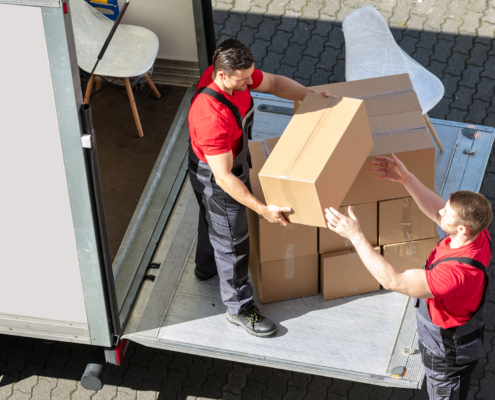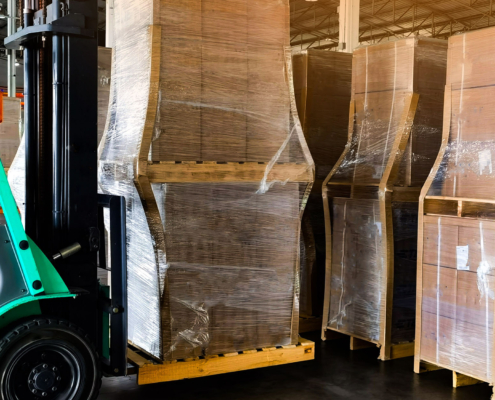Along with leveraging technology, retailers can employ several best practices to optimize costs, delivery speeds, and customer satisfaction with LTL freight:
- Analyze shipping data to identify density opportunities, volume lanes, and carrier performance trends.
- Engineer packaging to optimize space utilization and minimize loose gaps in LTL trailers and containers.
- Consolidate fewer LTL shipments per pallet to gain access to faster transit options.
- Use dimensional (DIM) weight pricing for parity with carrier charges.
- Set appropriate customer delivery expectations by factoring in average transit days and variability.
- Use multi-carrier shipping options to reduce bottlenecks and gain flexibility.
Incorporating these practices takes effort yet yields significant benefits for e-commerce retailers leveraging LTL freight in their supply chain. By addressing complexities head-on and optimizing operations around innovative solutions and proven practices, businesses can unlock the speed, flexibility, and efficiency benefits of less-than-truckload shipping at scale.










